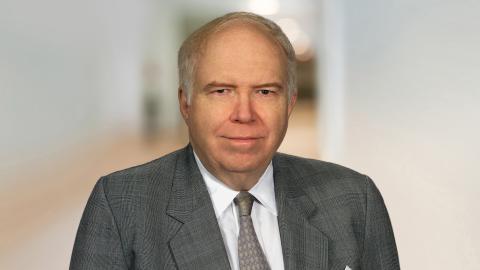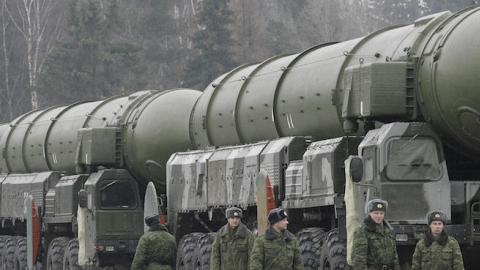Over the past few weeks, President Vladimir Putin—already seeking to modernize his nuclear forces in violation of the 1987 Intermediate Nuclear Forces Reduction Treaty—has moved Russia into an increasingly visible and aggressive nuclear posture. In late August, Putin implicitly threatened to use nuclear weapons against non-nuclear nations including Ukraine and the Baltic States. Moreover, while Russian strategic bombers repeatedly violate U.S. and Canadian air defense space, Putin is in the midst of establishing a naval base on the New Siberian Islands.
What are Putin’s aims? What do these actions portend for the state of U.S. nuclear deterrence, arms control treaties, and the nuclear-free movement which President Barack Obama, among others, has championed? How should the U.S., NATO and Ukraine respond?
"To explore these questions and others":http://hudson.org/events/1190-vladimir-putin-and-russia-s-increasingly-…, noted experts Andrei Piontkovsky and William Schneider, Jr., both Hudson Institute fellows, and Roland Freudenstein, Deputy Director and Head of Research at the Wilfred Martens Centre for European Studies, discussed the ominous implications of Putin’s actions. Hudson Institute President and CEO Kenneth Weinstein moderated the panel.
Click below to read the transcript of the panel.
















